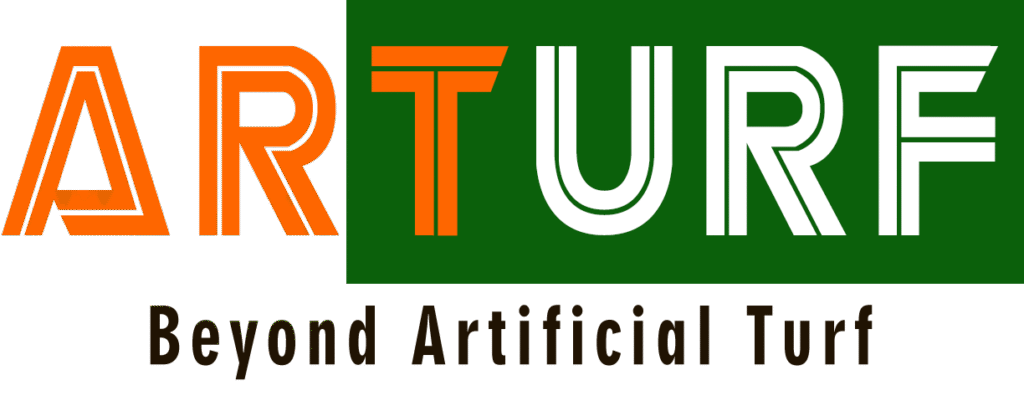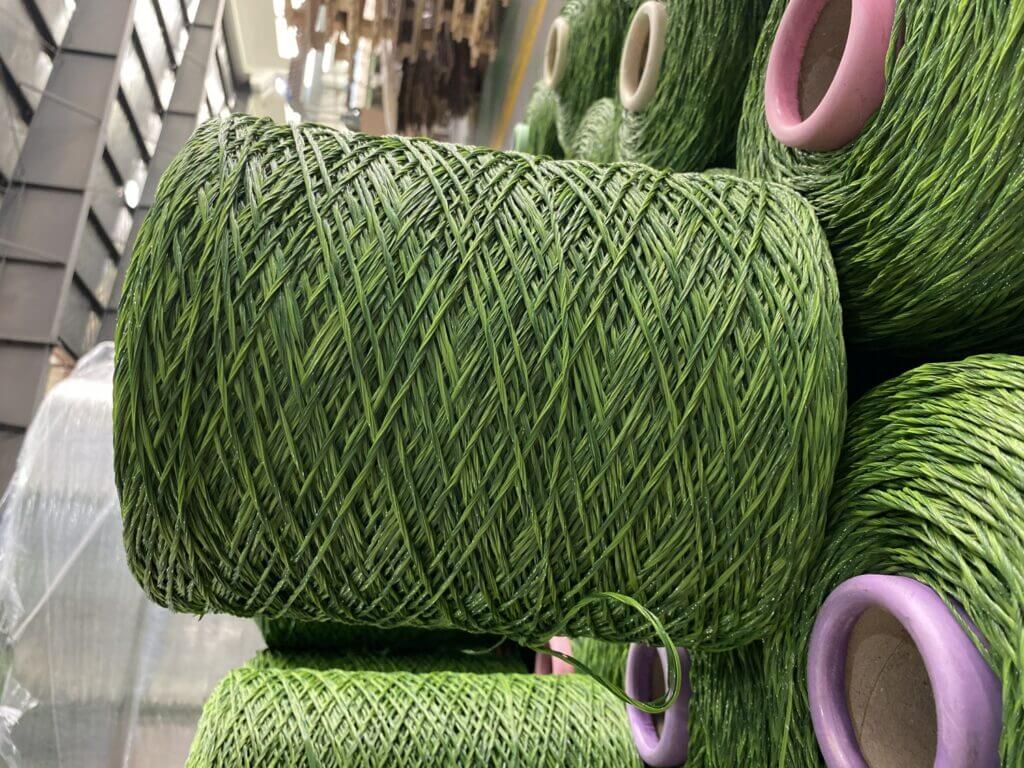When exploring the world of artificial grass, you may come across the term “Dtex” in reference to the fiber density of the grass. Dtex is a critical specification that directly influences the quality, durability, and performance of artificial grass. In this article, we will delve into the concept of Dtex and its significance in helping you make an informed decision when selecting artificial grass for your specific needs.
What is Dtex?
Dtex stands for decitex, a unit of measurement used to determine the linear mass density of fibers. It quantifies the mass (in grams) per 10,000 meters of fiber length. In simpler terms, Dtex measures the thickness and density of the individual fibers in artificial grass.
Understanding the Importance of Dtex:
The Dtex value of artificial grass provides valuable insights into its fiber density and overall quality. A higher Dtex value indicates thicker and denser fibers, resulting in a more robust and durable grass product. Higher-density fibers also contribute to a fuller appearance and improved resilience against heavy foot traffic, making them ideal for high-traffic areas and sports applications.
Choosing the Right Dtex Value:
Selecting the appropriate Dtex value depends on the specific use and requirements of your artificial grass. Here are a few guidelines to consider:
Low Dtex (Below 6,000):
Artificial grass with a low Dtex value is typically used for decorative purposes or areas with minimal foot traffic. It offers an aesthetically pleasing appearance but may not withstand intense use over an extended period.
Medium Dtex (6,000-10,000):
Artificial grass within this range strikes a balance between aesthetics and durability. It is suitable for moderate foot traffic and offers a good combination of resilience and visual appeal. This Dtex range is often preferred for residential landscaping and low-impact recreational areas.
High Dtex (Above 10,000):
Artificial grass with a high Dtex value is engineered for heavy-duty applications and areas with substantial foot traffic. It provides exceptional durability and can withstand the rigors of intense use, making it ideal for sports fields, playgrounds, and commercial spaces.
Considerations Beyond Dtex:
While Dtex is an important specification, it should not be the sole factor influencing your decision. It is essential to consider other factors, such as stitch rate, pile height, backing material, and UV stabilization, which collectively contribute to the overall quality and performance of the artificial grass.
Conclusion:
Understanding Dtex is vital when evaluating artificial grass options. This specification provides valuable information about the density and quality of the grass fibers, enabling you to make an informed decision based on your specific requirements. Remember to consider the intended use, foot traffic levels, and desired aesthetics when selecting the appropriate Dtex value. By combining this knowledge with a comprehensive assessment of other specifications, you can confidently choose artificial grass that enhances your space, withstands the test of time, and delivers a visually stunning and durable landscape solution.


